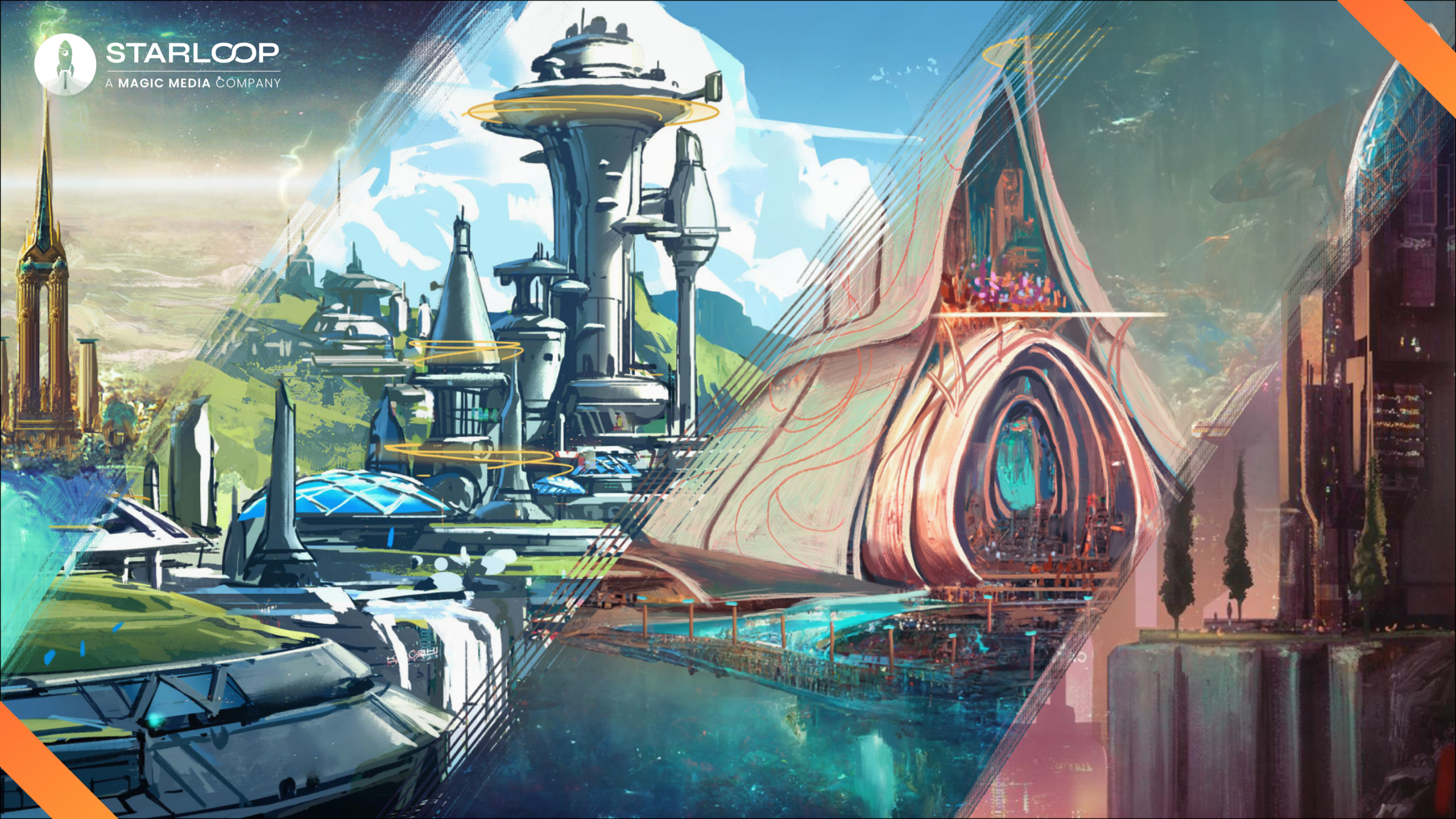With AAA console game developers focusing on ensuring their games are more immersive than ever, intersecting gameplay and narrative has never been more crucial. Though the vast majority of games have a story, very few of them allow for meaningful gameplay and story integration.
Gameplay and narrative intersection is a hallmark of RPG games and other genres with RPG mechanics and elements. It’s becoming more commonplace in the modern industry that developers are adopting mechanics and strategies to have their players more directly involved in stories and allowing their decisions to influence the narrative outcomes.
Environmental Gameplay and Narrative Techniques
One approach to gameplay and narrative integration is through the use of environmental storytelling. Environmental storytelling is the process of assembling in-game objects in a particular that suggests a story to players. Rather than delivering an explicit narrative through character dialogue and cutscenes, environmental storytelling is about leaving clues for players to piece together a story.
FromSoftware games like Dark Souls and Elden Ring use environmental storytelling to great effect. Though cutscenes and character dialogue exist in these games, they’re often presented vaguely without characteristics of explicit storytelling. Instead, for players to gain a complete picture of the games’ narratives, some investigation is required. This includes assessing in-game locations for visual clues, referring to item descriptions, and examining the placement of in-game objects and characters concerning other circumstantial factors.
This approach wouldn’t benefit every game, and FromSoftware is an extreme example, but it is an increasingly popular method of intersecting gameplay and narrative. And it’s a particularly immersive one at that, that can immerse players in games regardless of platform.
Interactive Dialogue Combines Story and Gameplay
One of the most prevalent ways in which game developers join gameplay and narrative together is through interactive dialogue choices. Initially reserved for RPG games that tend to revolve around choice more so than other genres, interactive dialogue has become ubiquitous in the gaming industry.
Some games use interactive dialogue for flavor, a mechanism for expressing different sides of a personality, but some games use it to a more meaningful degree. The Mass Effect series, for instance, is renowned for its choices, some of which have significant impact throughout the franchise’s original trilogy of games. Characters’ fates, the state of the many alien societies, and the overall ending are determined by the player. These choices are primarily made through dialogue choices that are part of a larger series of decisions and branching storyline elements.
All gaming stories tend to have a beginning, middle, and end. By empowering players to make critical decisions about how the story moves through its acts and choices that affect character relationships, they’re made to feel like their playthroughs are unique and provide high replayability to see how these choices can turn out differently.
In-Game Knowledge Bases Bring Together Gameplay and Narrative
In-game resources such as journals, codexes, and bestiaries can be helpful for players to learn more about a game’s world, its inhabitants, and its history. While some games immediately unlock journal entries for players to immediately start learning about a game world, some games and developers take a different approach. Pillars of Eternity from Obsidian Entertainment, for example, is a CRPG game that approaches its bestiary in a novel way.
Rather than the bestiary being pre-populated or even filled out upon a single encounter with an enemy, it takes time to unlock all the aspects of any given entry. Players will need to encounter enemies several times to fully unlock their bestiary entry, encouraging them to seek out encounters with the monsters in question or at least not avoid combat with them. As a bestiary entry is filled out, players are provided with more lore and information about the creature and also gain insight into their defensive and offensive capabilities.
Another approach is to unlock codex entries as you play through the game and encounter characters to marry gameplay and narrative. This commonly occurs in RPG games when a player encounters a character, culture, or species during a quest and the codex provides more information on who they are, their history, and more.
Contact Starloop Studios today to learn more about our expert high-quality game development services for all platforms.
As part of Magic Media, we offer a wide range of services for the gaming, entertainment, and tech industries, including but not limited to full-cycle game development, game trailer production, and real-time VFX. Get in contact today, and let’s create magic!



